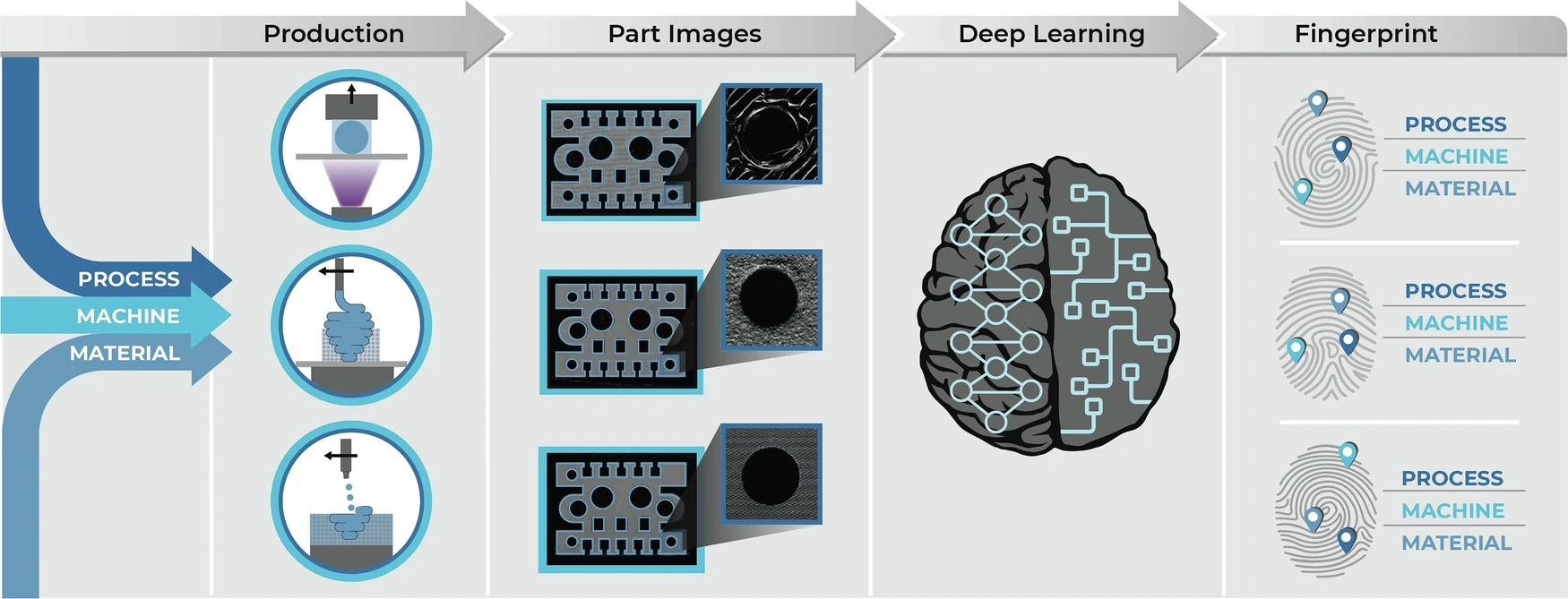Researchers from the University of Illinois Urbana-Champaign have developed a new method for identifying the source of 3D printed parts using high-resolution photography and deep learning. The approach analyzes manufacturing fingerprints – unique physical characteristics embedded in parts during production – to determine which printer created a component. This technology addresses significant challenges in manufacturing supply chains, where tracking parts across multiple suppliers has traditionally been difficult.

The study tested this identification method on 9,192 parts produced from 21 different sources, using three unique designs and six materials. Researchers achieved over 98% accuracy in identifying the source printer. The system could also determine the manufacturing process, material type, and specific location where the part was printed within the machine.
Unlike previous research that focused primarily on consumer-grade desktop printers, this study targeted industrial additive manufacturing equipment used in production environments. Four types of AM equipment and seven different printer models were included in the testing. The approach proved effective across diverse materials and part designs.
Traditional part identification methods like labels, RFID tags, or laser engravings can be easily compromised or removed. By analyzing inherent physical attributes created during manufacturing, this deep learning approach offers a more secure alternative. The system can identify patterns that are undetectable to human inspectors.
Manufacturing source identification has significant applications for quality control, defect identification, supply chain management, and authenticity verification. This becomes particularly valuable in additive manufacturing, where distributed supply chains pose unique challenges. The technology provides a new tool for validating materials, processes, and completed parts in complex manufacturing networks.
Source: nature.com

